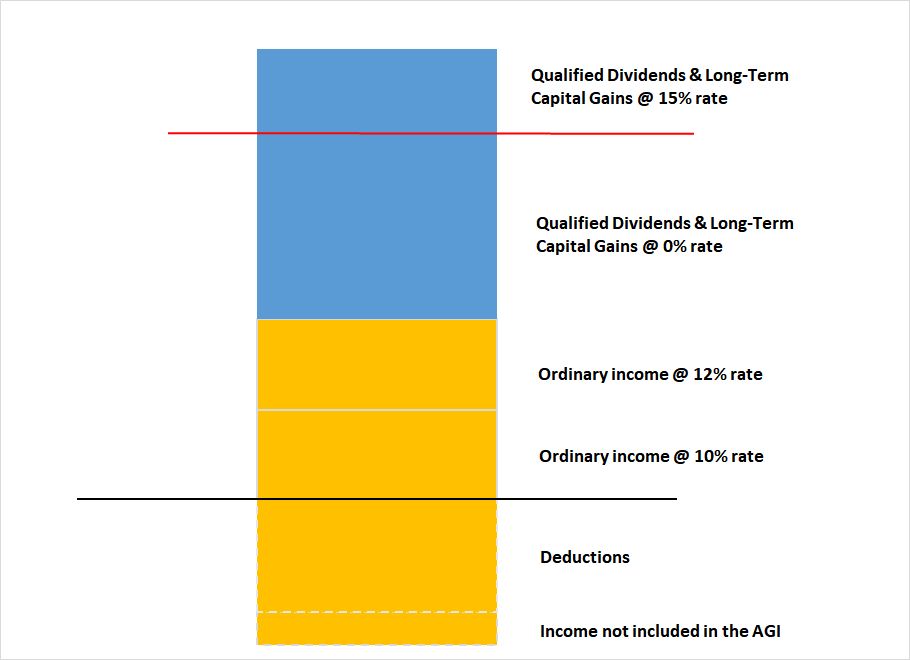The real cost of education in India is skyrocketing. See fees for IITs, NITs, BITS, medical, MBA & private colleges with 2040 projections.
Every parent dreams of giving their child the best education, but few realize how fast the cost of higher education in India is rising. Be it engineering, medicine, MBA, or law, the expenses are no longer limited to tuition fees. Hostel, food, books, technology, and other living costs often add 30–50% extra burden.
In this detailed analysis, we will cover:
- Current 2025 education costs in Karnataka and India’s top institutes (Govt, Private, IITs, NITs, IIITs, IIMs, BITS, NLUs).
- Management quota realities in private colleges like RVCE, PES, MSRIT, St. John’s, and Manipal.
- Postgraduate expenses (MBA, Medicine, Law).
- Living expenses in cities like Bengaluru, Manipal, Pilani, Delhi, and Hyderabad.
- Inflation-adjusted projections for 2040, assuming an 8% annual fee hike.
Cost of Education in India 2025–2040: Fees, Living & Projections

Why Parents Must Worry About Education Inflation
According to the National Sample Survey (NSSO) and reports from Ministry of Education, education inflation in India has consistently been 2X the average consumer inflation.
- In the last 15 years, IIT fees have jumped from Rs.50,000/year to Rs.2.5 lakh/year.
- Private medical colleges in Karnataka charge Rs.10–25 lakh/year under management quota.
- MBA programs in IIMs that cost Rs.3–5 lakh in early 2000s now cost Rs.25–28 lakh.
If the same pace continues, by 2040 the cost of a professional degree could be 3–4x of today.
Section 1: Engineering Education Costs
A) Government Colleges (Karnataka CET)
| Particulars | Fee (2025) | Duration | Total (Rs.) |
| Tuition Fee per Year | Rs.65,000 | 4 yrs | Rs.2.6 lakh |
| Hostel + Food per Year | Rs.60,000 | 4 yrs | Rs.2.4 lakh |
| Grand Total | Rs.5 lakh |
2040 Projection (8% inflation): ~Rs.15 lakh
B) Private Colleges – CET Seat (e.g., RVCE, PES, MSRIT)
| Particulars | Fee (2025) | Duration | Total (Rs.) |
| Tuition Fee per Year | Rs.2.5 lakh | 4 yrs | Rs.10 lakh |
| Hostel + Food per Year | Rs.1.2 lakh | 4 yrs | Rs.4.8 lakh |
| Grand Total | Rs.14.8 lakh |
2040 Projection: ~Rs.45–50 lakh
C) Private Colleges – Management Quota (Top Tier)
| Particulars | Fee (2025) | Duration | Total (Rs.) |
| Tuition Fee per Year | Rs.5–6 lakh | 4 yrs | Rs.20–24 lakh |
| Hostel + Food per Year | Rs.1.5 lakh | 4 yrs | Rs.6 lakh |
| Grand Total | Rs.26–30 lakh |
2040 Projection: ~Rs.75–90 lakh
D) Elite Institutes (IIT/NIT/IIIT)
| Particulars | Fee (2025) | Duration | Total (Rs.) |
| Tuition Fee per Year | Rs.2.5 lakh | 4 yrs | Rs.10 lakh |
| Hostel + Food per Year | Rs.90,000 | 4 yrs | Rs.3.6 lakh |
| Grand Total | Rs.13.6–14 lakh |
2040 Projection: ~Rs.40–45 lakh
E) BITS Pilani (and Goa, Hyderabad campuses)
| Particulars | Fee (2025) | Duration | Total (Rs.) |
| Tuition Fee per Year | Rs.7.5 lakh | 4 yrs | Rs.30 lakh |
| Hostel + Food per Year | Rs.2 lakh | 4 yrs | Rs.8 lakh |
| Grand Total | Rs.38 lakh |
2040 Projection: ~Rs.1.1–1.2 crore
Section 2: Medical Education Costs
A) Government Medical Colleges (AIIMS, State Govt.)
| Particulars | Fee (2025) | Duration | Total (Rs.) |
| Tuition Fee per Year | Rs.12,000 | 5.5 yrs | Rs.66,000 |
| Hostel + Food per Year | Rs.70,000 | 5.5 yrs | Rs.3.85 lakh |
| Grand Total | Rs.4.5–5 lakh |
2040 Projection: ~Rs.12–15 lakh
B) Private Colleges – CET Seat (Karnataka)
| Particulars | Fee (2025) | Duration | Total (Rs.) |
| Tuition Fee per Year | Rs.8 lakh | 5.5 yrs | Rs.44 lakh |
| Hostel + Food per Year | Rs.70,000 | 5.5 yrs | Rs.3.85 lakh |
| Grand Total | Rs.47.5–48 lakh |
2040 Projection: ~Rs.1.3–1.4 crore
C) Private Colleges – Management Quota (Manipal, St. John’s, KMC)
| Particulars | Fee (2025) | Duration | Total (Rs.) |
| Tuition Fee per Year | Rs.20–22 lakh | 5.5 yrs | Rs.1.1–1.2 crore |
| Hostel + Food per Year | Rs.2.5 lakh | 5.5 yrs | Rs.13.75 lakh |
| Grand Total | Rs.1.25–1.35 crore |
2040 Projection: ~Rs.3.5–4 crore
Section 3: MBA Education Costs
A) Government MBA Colleges (Karnataka University, Bangalore University)
| Particulars | Fee (2025) | Duration | Total (Rs.) |
| Tuition Fee per Year | Rs.1.25 lakh | 2 yrs | Rs.2.5 lakh |
| Hostel + Food per Year | Rs.1 lakh | 2 yrs | Rs.2 lakh |
| Grand Total | Rs.4.5–5 lakh |
2040 Projection: ~Rs.12–15 lakh
B) Private MBA Colleges (CET Seats – e.g., Christ, Alliance)
| Particulars | Fee (2025) | Duration | Total (Rs.) |
| Tuition Fee per Year | Rs.6 lakh | 2 yrs | Rs.12 lakh |
| Hostel + Food per Year | Rs.50,000 | 2 yrs | Rs.1 lakh |
| Grand Total | Rs.13 lakh |
2040 Projection: ~Rs.35–40 lakh
C) Private MBA Colleges – Management Quota
| Particulars | Fee (2025) | Duration | Total (Rs.) |
| Tuition Fee per Year | Rs.10–12 lakh | 2 yrs | Rs.20–24 lakh |
| Hostel + Food per Year | Rs.1.25 lakh | 2 yrs | Rs.2.5 lakh |
| Grand Total | Rs.22–26 lakh |
2040 Projection: ~Rs.60–70 lakh
D) IIMs
| Particulars | Fee (2025) | Duration | Total (Rs.) |
| Tuition Fee per Year | Rs.13 lakh | 2 yrs | Rs.26 lakh |
| Hostel + Food per Year | Rs.25,000 | 2 yrs | Rs.50,000 |
| Grand Total | Rs.26.5–27 lakh |
2040 Projection: ~Rs.75–80 lakh
E) ISB Hyderabad
| Particulars | Fee (2025) | Duration | Total (Rs.) |
| Tuition Fee (1 Yr) | Rs.35 lakh | 1 yr | Rs.35 lakh |
| Hostel + Food | Rs.1 lakh | 1 yr | Rs.1 lakh |
| Grand Total | Rs.36 lakh |
2040 Projection: ~Rs.1 crore
Section 4: Law, Arts & Commerce
A) National Law Universities (NLUs – e.g., NLSIU Bangalore)
| Particulars | Fee (2025) | Duration | Total (Rs.) |
| Tuition Fee per Year | Rs.2.5 lakh | 5 yrs | Rs.12.5 lakh |
| Hostel + Food per Year | Rs.1.2 lakh | 5 yrs | Rs.6 lakh |
| Grand Total | Rs.18.5–19 lakh |
2040 Projection: ~Rs.55–60 lakh
B) Arts & Commerce Colleges (Govt.)
| Particulars | Fee (2025) | Duration | Total (Rs.) |
| Tuition Fee per Year | Rs.20,000 | 3 yrs | Rs.60,000 |
| Hostel + Food per Year | Rs.60,000 | 3 yrs | Rs.1.8 lakh |
| Grand Total | Rs.2.4–2.5 lakh |
2040 Projection: ~Rs.6–7 lakh
C) Private Arts & Commerce Colleges (Christ, Jain, St. Joseph’s)
| Particulars | Fee (2025) | Duration | Total (Rs.) |
| Tuition Fee per Year | Rs.2 lakh | 3 yrs | Rs.6 lakh |
| Hostel + Food per Year | Rs.1.2 lakh | 3 yrs | Rs.3.6 lakh |
| Grand Total | Rs.9.6–10 lakh |
2040 Projection: ~Rs.28–30 lakh
Final Thoughts
- For engineering, govt colleges are still affordable, but BITS and private management seats are touching crores in the long run.
- For medicine, govt seats are priceless; private management quota will cost Rs.3–4 crore by 2040.
- For MBA, IIMs and ISB already cost as much as a down payment on a house.
- Even arts, law and commerce have seen costs rise steeply.
Parents must start goal-based financial planning for education. Waiting till Class 12 is too late. In our next part of this article, I will explain you how you can set the goals and plan for child education.
Few of my earlier articles may help you to understand more about child planning.
References
- IIT Fee Circular 2024–25 – IIT Bombay
- BITS Pilani Fee Structure 2025
- AIIMS MBBS Fees
- NIRF 2024 – Ministry of Education
- RVCE/PES Fee details – KEA Karnataka
- IIM Ahmedabad PGP Fees
- ISB Hyderabad Fees


















